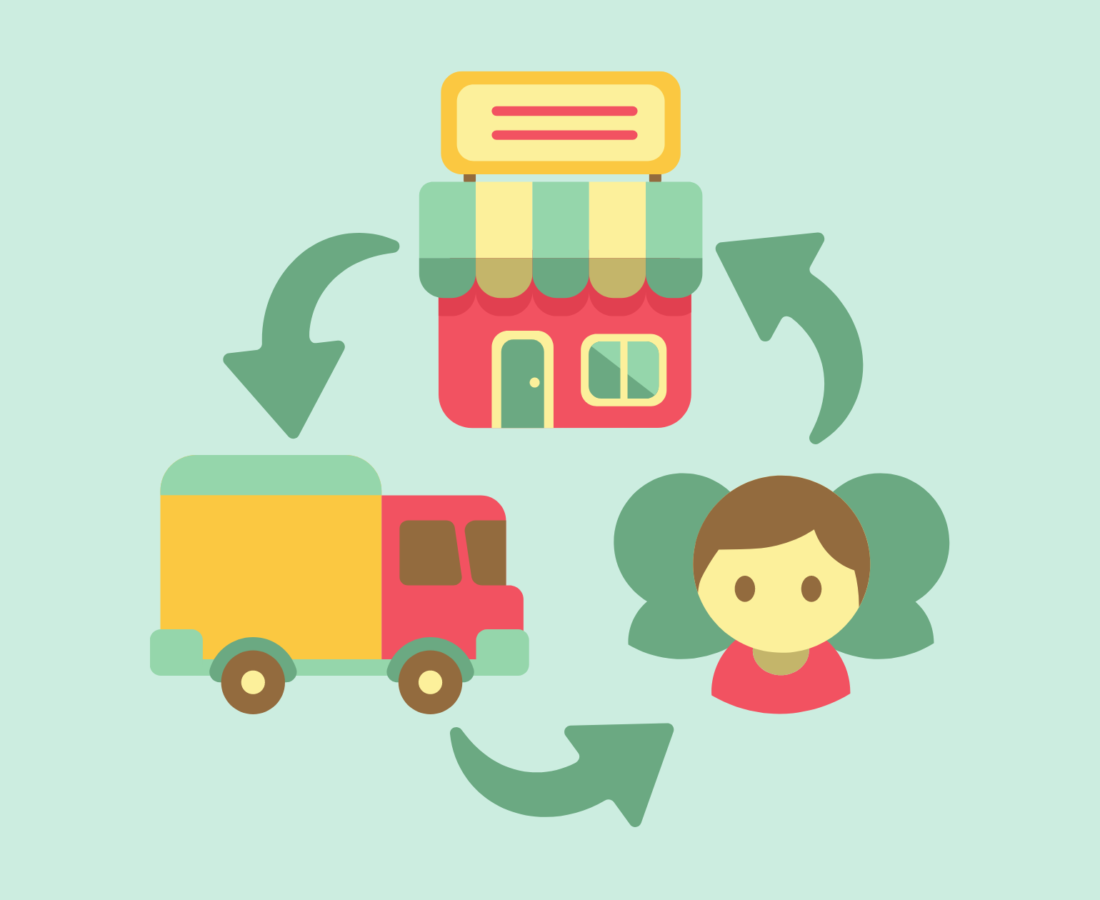Returns are an integral part of every ecommerce business. 20% of all ecommerce orders are returned. And this number increased up to three-fold during times like the holiday season.
However, they become a logistical nightmare and a cost center only when they get out of hand in the absence of a proper returns management system.
Therefore, you need to put in your best efforts to manage returns and make them a growth driver for your business. But first, let’s get to the basics.
What is Ecommerce Returns Management?
Returns management is the process of ensuring a smooth returns experience for your customers. This covers the end-to-end of returns — from the moment the customer initiates to fulfilling a replacement if they had requested an exchange.
Ecommerce returns management sits at the very center of reverse logistics, inventory management, and post-purchase customer experience.
Proper returns management helps you boost your bottom line and create loyal customers for life. To help understand it better, let’s take a deeper look at the customer touchpoints in ecommerce returns.
Returns management customer touchpoints
There are several touchpoints or points of interaction between the customer and the ecommerce business in the returns management process. But as we mentioned, it all starts from the moment the customer wants to initiate a return.
1. Customer requests a return on their order
Returns happen for a lot of reasons, some of which have no logical explanation and are simply based on the customer’s emotion.
But in this case, let’s take the example of the customer being unhappy with their order. The customer selects the item they wish to return along with the valid reason (as requested by you).
2. The return request is rejected or approved from your end
When return requests do not meet the conditions you’ve provided, the return request can be rejected and interaction with the customers for this particular order ends here.
On the other hand, if the reason for the return is valid it can be approved from your end and the process for initiating the return gets started.
3. When the order return is in transit
Order returns are in transit from the moment it is scheduled to be collected to the moment it reaches back to your store. These moments are usually leveraged by ecommerce brands to share return status updates.
4. When the product is returned to the store
Once the product makes its way back to your store, you can start collecting the customers’ feedback on their shopping experience with your brand. If the feedback is positive, you can also try convincing the customer to shop for a replacement (if they hadn’t chosen one already).
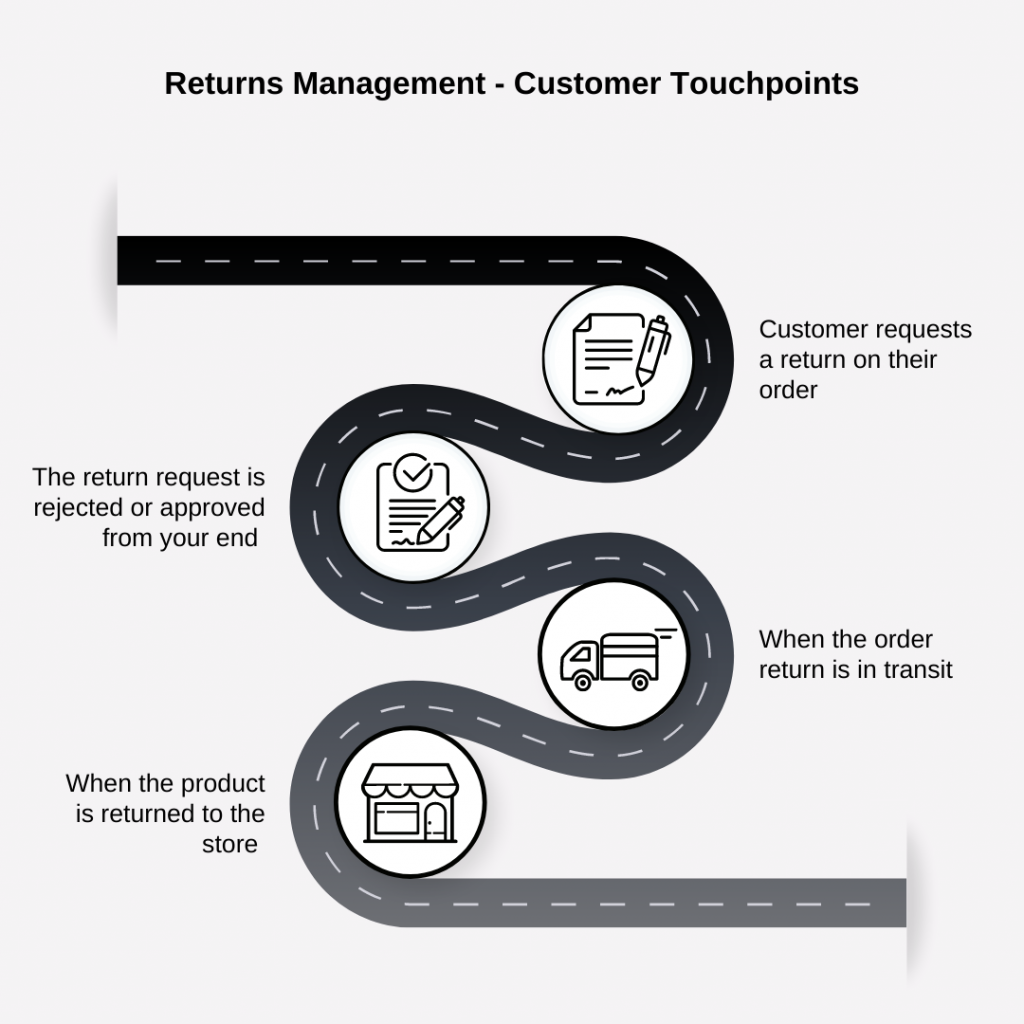
That’s all from the experience front. In terms of business operations, the product is then sent for inspection. If there’s no sign of damage, the product is re-stocked in the inventory and sold to another customer.
Now that we’ve got better context, here are some of the best practices related to returns management that you can implement for your ecommerce business.
Ecommerce Returns Management Process: Best Practices
1. Have a shopper-friendly returns policy
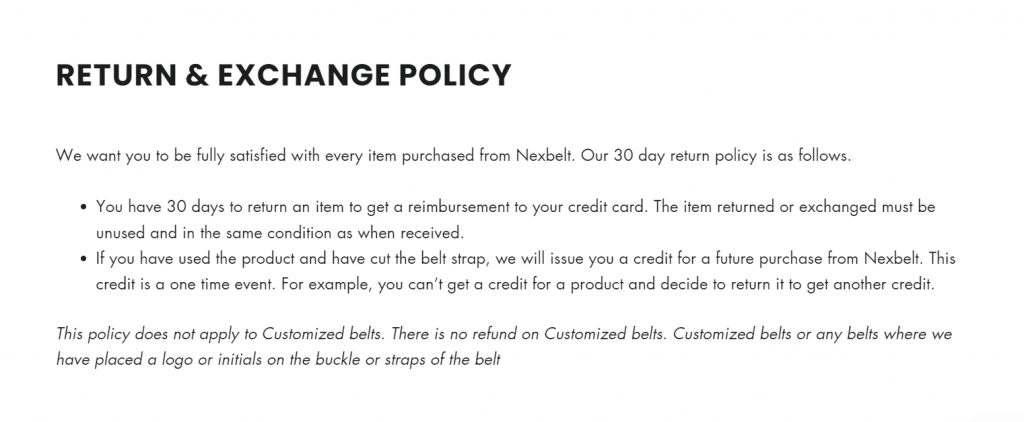
67% of shoppers check the returns policy before making a purchase
The first thing a shopper checks while wanting to return an item is your store’s return policy. Therefore, make it friendly enough to attract them and encourage repeat shopping.
The best ploy with a returns policy is:
- Making it flexible enough in terms of conditions and deadlines
- Having it mention your objectives and the customers’ needs clearly
- Not encouraging fraudulent returns and wardrobing
This way, there is a win-win situation, and you can still manage to increase conversions without spending too much on acquisition and other unwanted return-related expenses.
Also, make sure your returns policy is easy to find for the customer and display it in areas of clear visibility such as the home page, product pages, checkout page, FAQ section, etc.
2.Promise a hassle-free returns experience

Your customers return their purchase because they were unhappy with something around it, such as fitting, color, damages, etc. They have been excited to get the product on their hands the second they hit ‘buy’. Therefore, mitigate their frustrations by making your returns process seamless.
You can take the hassle out of product returns by enabling your customers to initiate returns directly from the order tracking page instead of spending time searching for it. This helps in improving the return experience and in turn, delights your customers.
You can also extend the seamless returns experience by enabling the customers to print automated and prepaid return labels and get done with their order return quickly.
3. Make the returns process fast and easy for your customers
92% of shoppers say they will buy again if the returns process is easy.
Apart from prepaid return labels, you can also enable customers to initiate returns easily and fast with the help of a returns portal.
Your customers can pull up their orders, select the item they would like to return, provide a reason, select the return method, and voila! Get their returns initiated in less than a few minutes.
Such an experience would give your customers all the more reason to keep shopping with you.
4.Keep your customers in the loop of their returns
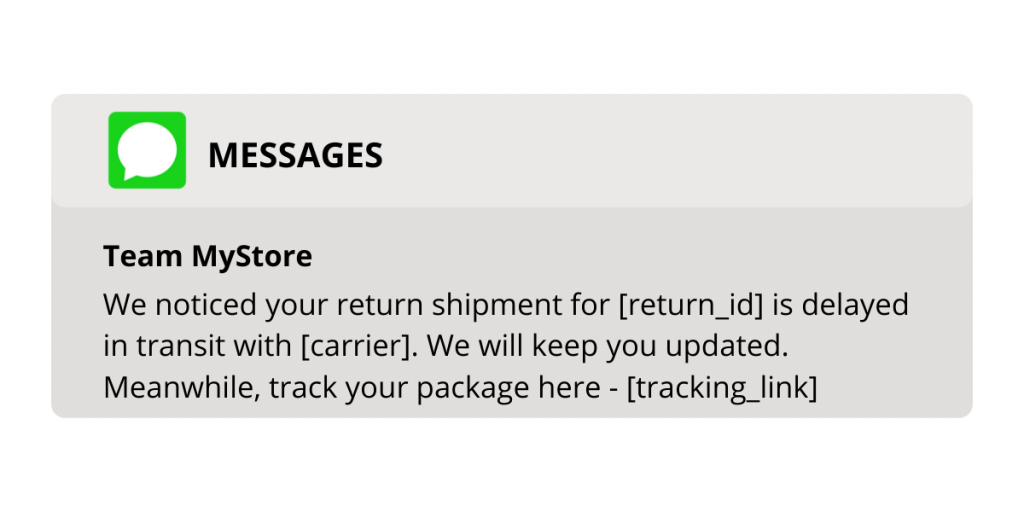
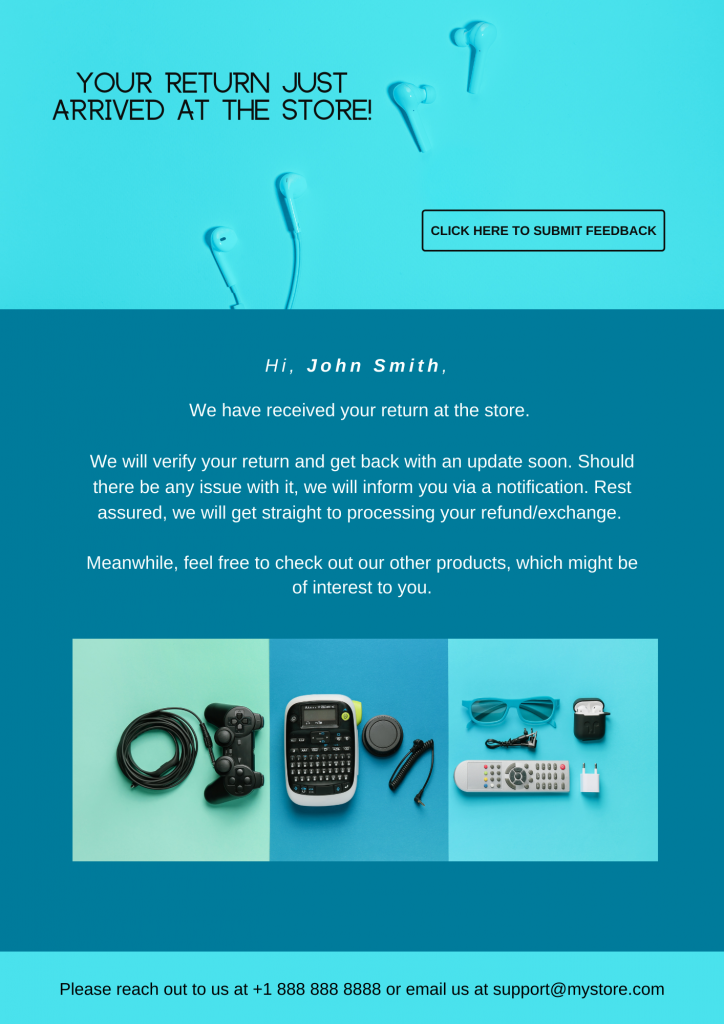
Just like order delivery, your customers would like to stay in the know of their return status as well.
Look forward to sending proactive updates on return requests, via automated email and SMS notifications and providing a tracking page that provides complete transparency around return status.
This can keep your customers in the loop effortlessly and eliminate their anxiety about the whereabouts of their returning package.
5. Get smart with your returns

70% of all returns are size and fitting related.
Imagine refunding all these returns and taking a hit on your profit margins amidst the already sky-rocketing shipping costs.
Now, this is where you can get smart with your returns and encourage customers to opt for alternative and efficient return methods such as exchanges or store credits options to ensure revenue retention for your ecommerce business.
You can incentivize your customers to choose these alternatives with prepaid labels, free shipping, bonus credit, etc, and increase revenue retained.
6. Automate your returns management process
25% of ecommerce sites don’t support non-product search queries, like returns or tracking.
This can lead your customers to bombard your support reps and turn out to be tedious for your support team as well as expensive for your business.
You can consider making your returns management process self-service by automating them to prevent such problems.
Automating your returns process can help you:
- Free up your support agents to address more pressing issues
- Drastically reduce time spent per return request and inbound conversation volume.
FAQs about Returns Management
1. How do ecommerce businesses manage returns?
Ecommerce businesses can manage returns on their own by optimizing their returns policy, setting up flexible return methods, enabling customers to print prepaid return shipping labels, providing proactive updates on return status requests, offering easy variant exchanges instead of refunds, etc or they can make use of a returns management solution like LateShipment.com, that does all the heavy lifting for them.
2. What is the return management process?
Returns management is the process of ensuring a smooth returns experience for your customers. This covers the end-to-end of returns — from the moment the customer initiates to fulfilling a replacement if they had requested an exchange.
3. How can ecommerce businesses reduce return rates?
Apart from following a proper returns management process such as making the returns process seamless and promoting exchanges instead of returns, ecommerce businesses can also reduce returns by optimizing their product pages, engaging customers with product usage information, etc.
4. What percentage of ecommerce orders are returned?
The average ecommerce return rate hovers around 20-30%. Most of them are due to size and fitting issues, purchase of wrong quantity, unclear or lack of usage information, wardrobing, etc.
5. How does a returns experience management software work?
A returns experience management solution such as LateShipment.com helps you delight your customers with:
- An easy-to-use return portal
- Real-time return tracking and automated notifications
- Providing options to predefine rules
- Enabling multiple return methods and supporting prepaid labels, etc.
All of this can help you uncomplicate returns for you and your teams.
Bottom Line
Ecommerce businesses must start realizing the fact that returns on their own are not necessarily a bad thing. It is when they’re left unattended they become too much to handle.
On the other hand, the returns experience you provide holds incredible power to boost your bottom line and create loyal customers for life. Therefore, it is time to redefine returns as a growth driver for your business.
To get all things done right before the significant returns season arrives in January, you can make use of a returns management solution such as LateShipment.com.
